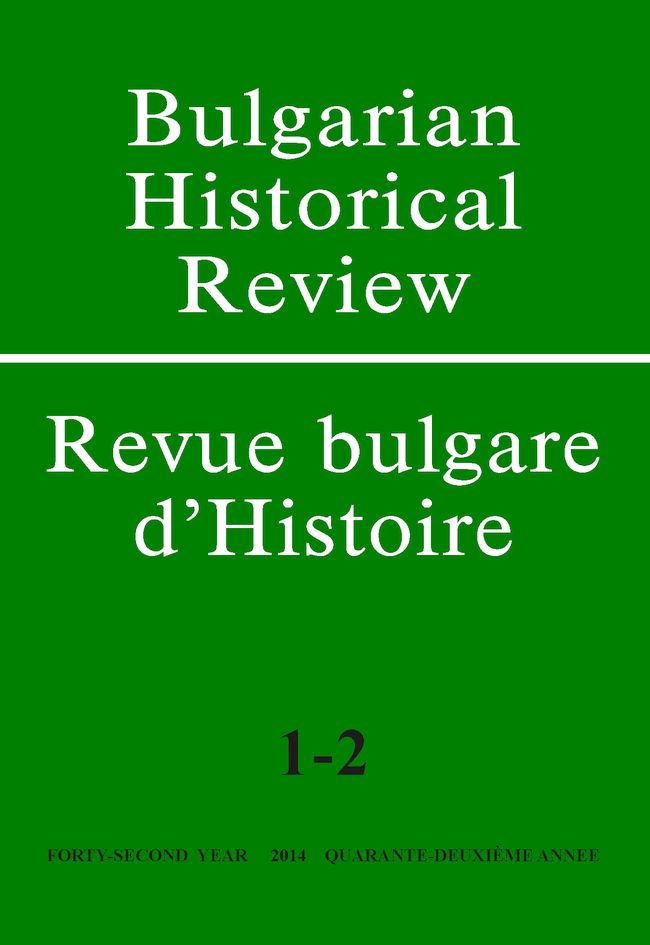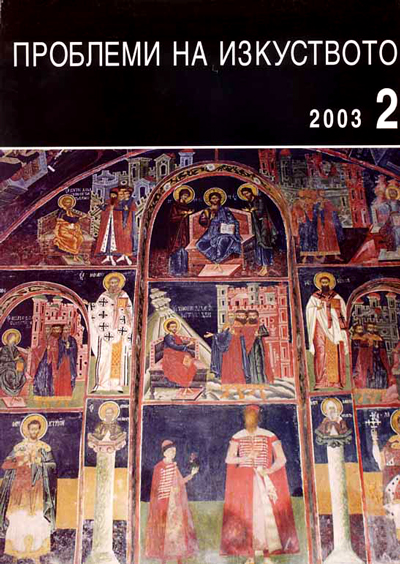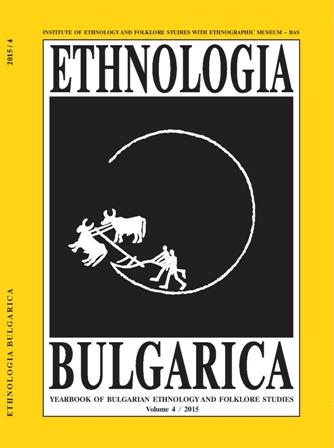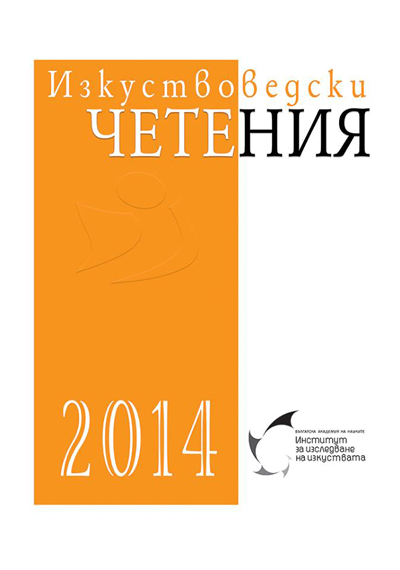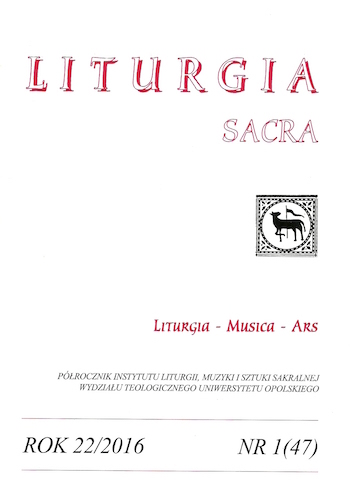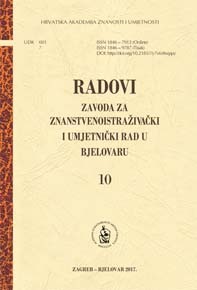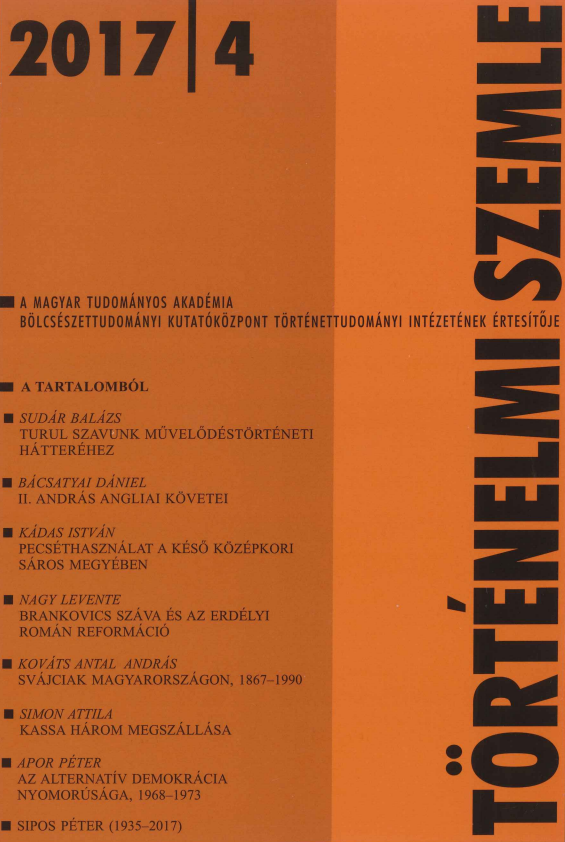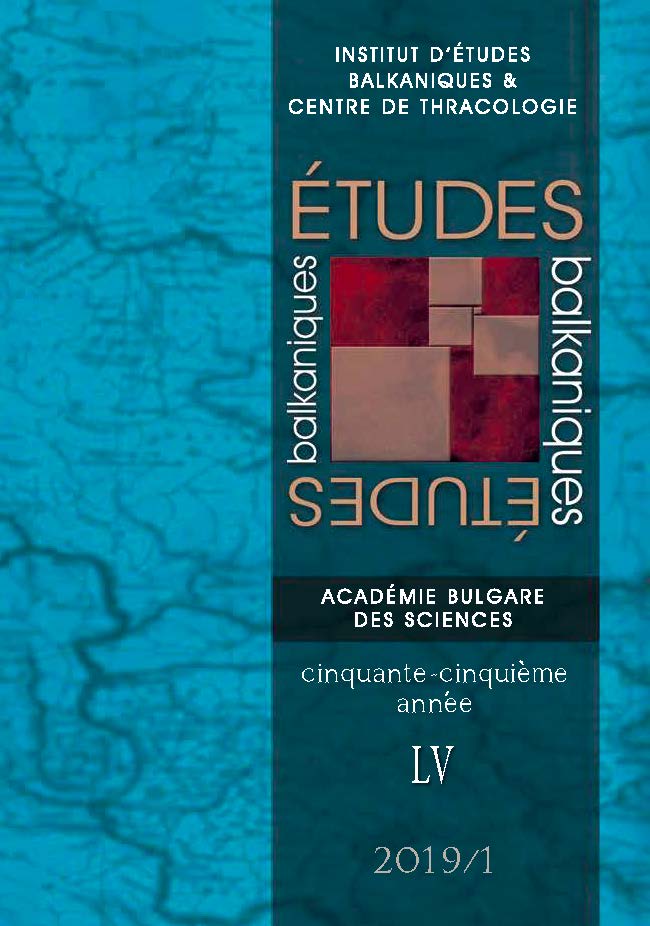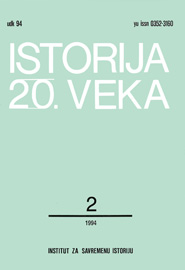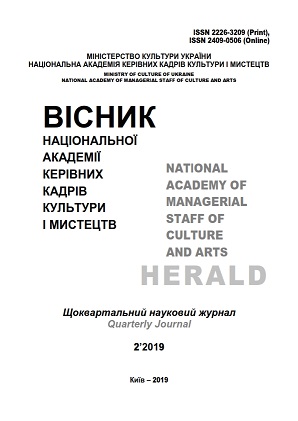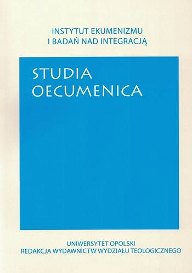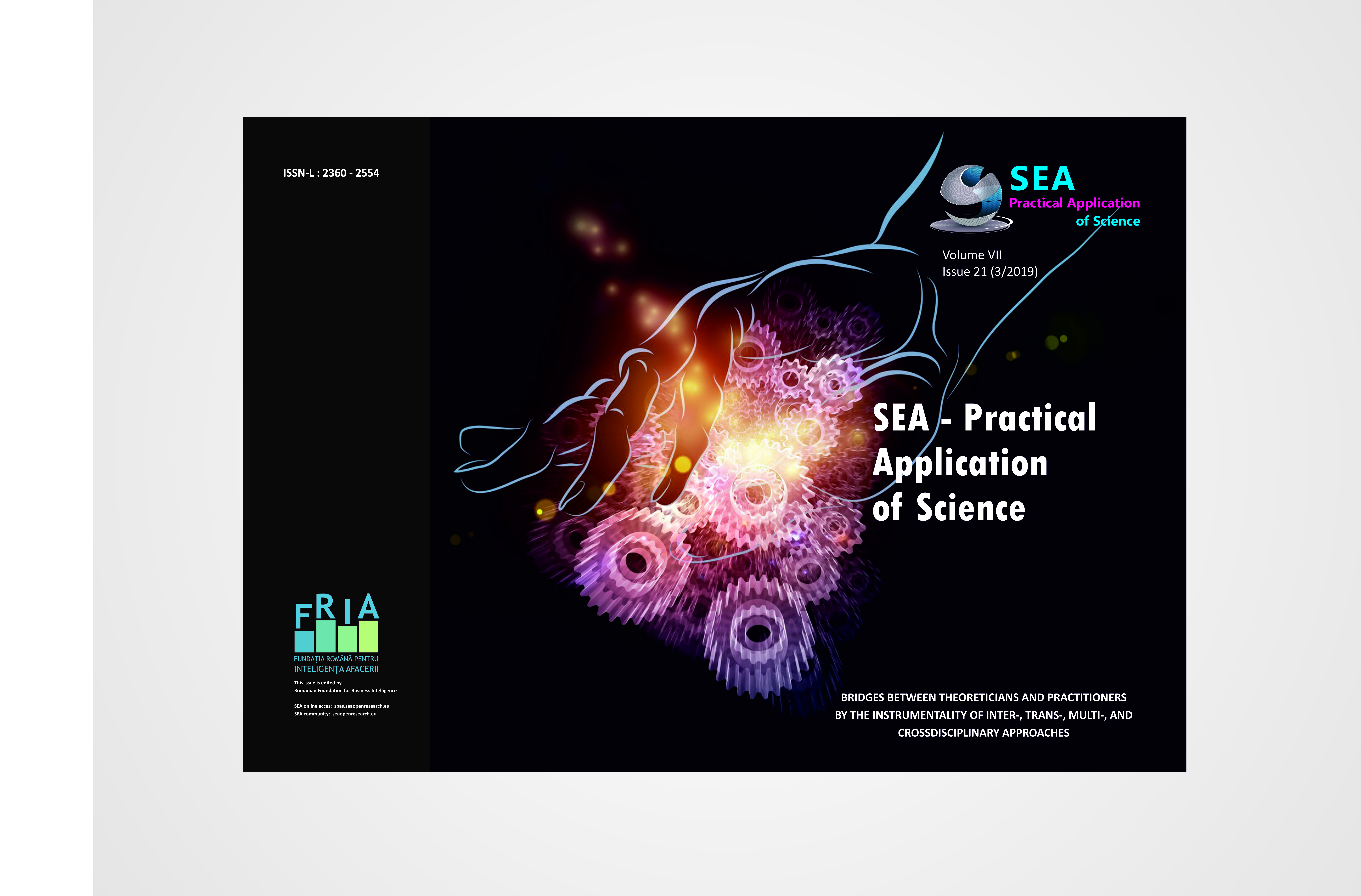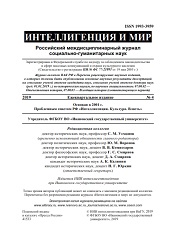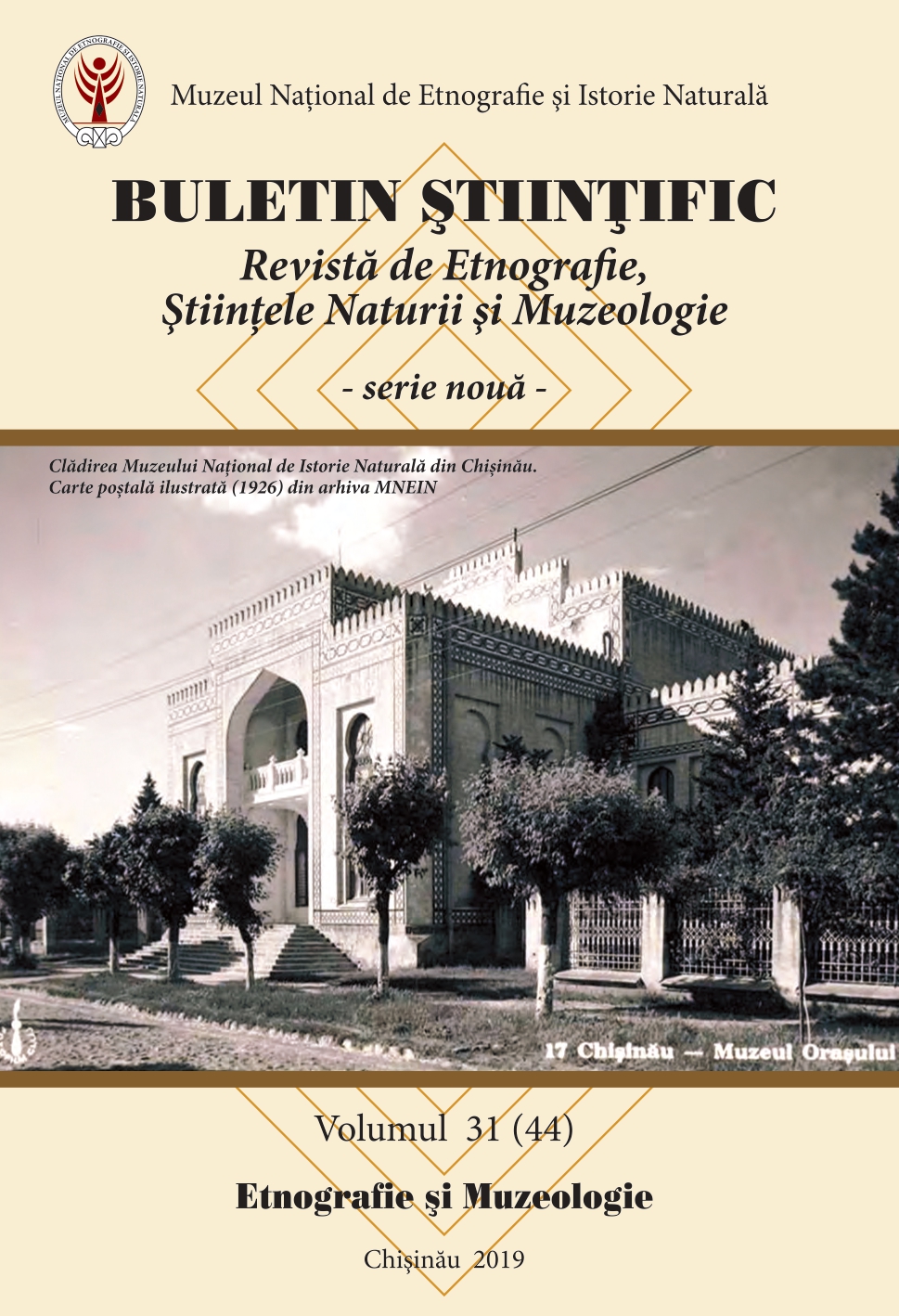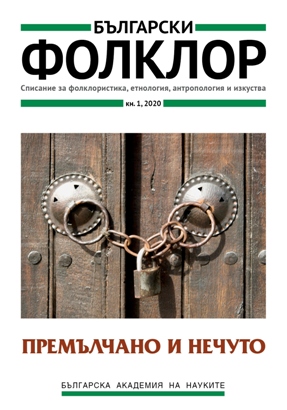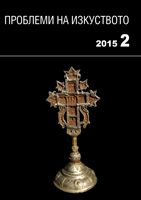
Поп Петър, ученикът на поп Йоан Кратовски
This study presents the known manuscripts by Priest Peter, who has lived until about the first decade of the seventeenth century. The first chapter of the article deals with the manuscript in which marginalia occur, being the main source to Priest Peter: Tetraevangelion, Church-Historical and Archival Institute, Sofia (CHAI) 28. Then comes another manuscript that is also attributed to the same scribe, but features no extant notes by the author: Tetraevangelion, CHAI 26. The last chapter of the work presents yet another manuscript containing notes by the same author: Tetraevangelion, Peć 18. The latter, though known, failed to stir research interest and has not been published for the time being as a manuscript by the same man of letters. The extant marginalia in the two author’s notes provide also biographical information about the scribe, while the information about the school, where he was trained and about his workplace, along with the changes in the representative types of decoration, of the signed manuscripts, provide evidence of the clout of the literary centre on the creative selection and the aesthetic choices of scribes/decorators.
More...
